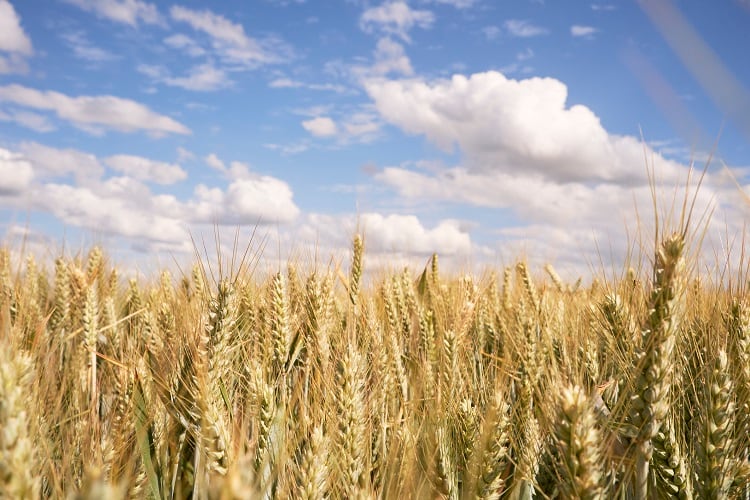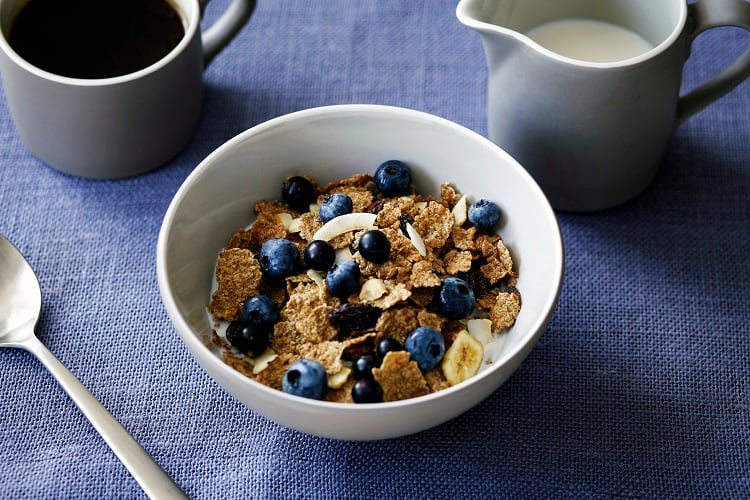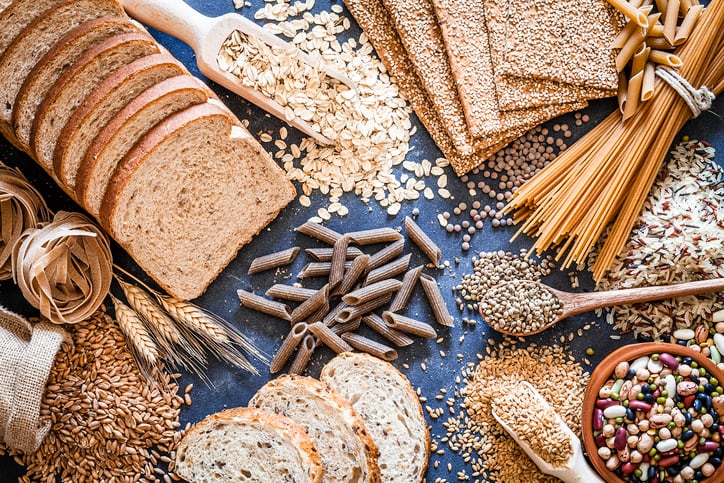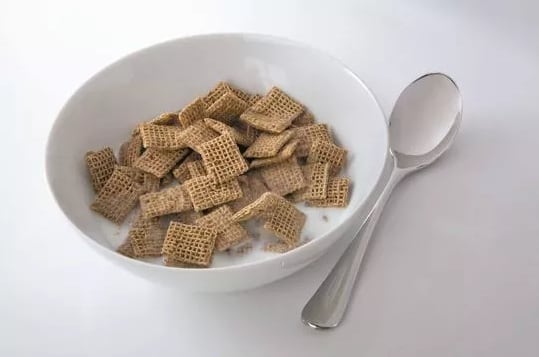To limit global warming to 1.5˚C, as per the 2015 Paris Agreement, greenhouse gas (GHG) emissions must halve by 2030 and drop to net-zero by 2050. Food majors ranging from Danone to JBS, Kellogg and Kraft Heinz, have all pledged their commitments to the cause.
This month Cereal Partners Worldwide (CPW), the maker of Nestlé Breakfast Cereals, has also revealed how it plans to join efforts in limiting global warming to 1.5˚C by halving its greenhouse gas emissions by 2030 and achieving net zero by 2050.
Having paid ‘close attention’ to how it sources its ingredients and makes its products for ‘many years’, the company stressed this is not the start of its sustainability journey. Rather, an ‘important’ next step. “We are pleased to be setting ourselves clear actions to ensure we meet our targets,” said David Clark, president and CEO at CPW.
Evaluating a baseline for measuring progress
CPW was set up in 1990 as a joint venture between food majors Nestlé and General Mills. Today, the JV boasts a stable of more than 50 brands, including Nesquik, Fitness, Cheerios, and Chocapic, sold under the Nestlé Breakfast Cereals banner.
CPW has a presence in more than 130 countries, with close to 4,000 employees and 15 production facilities. On its mission to lay out a net zero roadmap, the company first evaluated its current carbon footprint across this global network.
External consultant Quantis conducted a life cycle assessment (LCA) of emissions across CPW’s business to determine the actions it could accelerate or introduce to reduce its carbon footprint. The audit found that CPW emitted 1.2m metric tons of GHG emissions in 2018, which will serve as the baseline for measuring progress.

CPW’s approach to reaching net zero emissions spans five key areas: sourcing ingredients; transforming the product portfolio; evolving packaging; moving towards cleaner operations; and driving towards cleaner logistics.
Regenerative agriculture
More than half (56%) of CPW’s GHG emissions can be attributed to its sourcing of ingredients, which makes improving the sustainability of this practice a potential easy win.
This practice will be driven by moving towards regenerative agriculture. In the absence of a regulatory definition of regenerative agriculture, CPW defines the practice as an approach to farming that aims to improve soil health and soil fertility – as well as protecting and restoring water resources and biodiversity, a Nestlé spokesperson told FoodNavigator.
“Restoring soil health helps draw down and capture increased levels of carbon in soils and plant biomass. Healthier soils are also more resilient to the impacts of climate change and can increase yields, helping improve farmers’ livelihoods.
“In short, regenerative agriculture is an approach to farming that delivers benefits to farmers, the environment and society.”
By 2025, CPW said 13% of its cereals will come from regenerative agricultural practices. By 2030, 50% will come from regenerative farming practices. This includes working with farmers to help them safeguard biodiversity, water, and soil health, while reducing their dependency on conventional agrichemicals.
As to whether CPW would be supportive of an official definition of regenerative agriculture at the regulatory level, the company said it would encourage collaboration and industry alignment on the definition and approach in different farming contexts, especially since the science and evidence is ‘continually evolving’.
“This will be essential to help companies like ours benchmark ourselves and ensure we are all working towards the same outcome – a positive impact for people and planet,” the Nestlé spokesperson explained.
Sourcing ingredients, deforestation-free
As part of CPW’s sustainable sourcing ambition, the company is moving towards 100% deforestation-free ingredients, from palm oil to pulp and paper, and cocoa.
As it stands, the company has achieved 97% deforestation-free palm oil and 85% certified by the Roundtable on Sustainable Palm Oil (RSPO).
“We know from experience that the last percentage points are often the hardest to reach and require collaboration with thousands of smallholders, who require more customised support at a local level. This takes time to get right and we are committed to do so,” the Nestlé spokesperson told this publication.
The company is ‘extremely proud’ to get to the point where globally the palm oil it uses is 97% assessed deforestation free and 85% is RSPO certified. “For the last 10 years, alongside our parent companies, we’ve been using a combination of tools, including supply chain mapping, third party certification, satellite monitoring and on-the-ground assessments to assess and address deforestation risks in our upstream supply chain.
“We are also committed to be deforestation-free in 100% of our sugar cane, palm oil and pulp and paper supply chains by 2025.”
Packaging, operations, and logistics
CPW is also working to reduce its impact in Scope 1 and 2 emissions. The company has completed the transition of its 15 production facilities to 100% grid-sourced renewable electricity and plans to continue to improve energy efficiency across its operations, switching to alternative renewable energy sources and reducing waste.
Concerning transport and logistics, CPW said emissions will continue to be reduced across transportation by maximising the use of space in vehicles, reducing fuel consumption, and switching to lower emission fuels.
By 2025, CPW plans for 100% of its internal shuttles, which transport products from factories to distribution centres, to be electrical.
The company is also committed to evolving the packaging of its products by making 100% designed for recycling by 2025 and reducing excess packaging where possible. As it stands, 98% of its packaging is already designed for recycling.

As to how CPW’s net zero ambitions fit within its parent companies’ ambitions, the spokesperson confirmed they align ‘completely’. “Our latest targets rely on close collaboration and cooperation with all our partners, including Nestlé and General Mills.”




